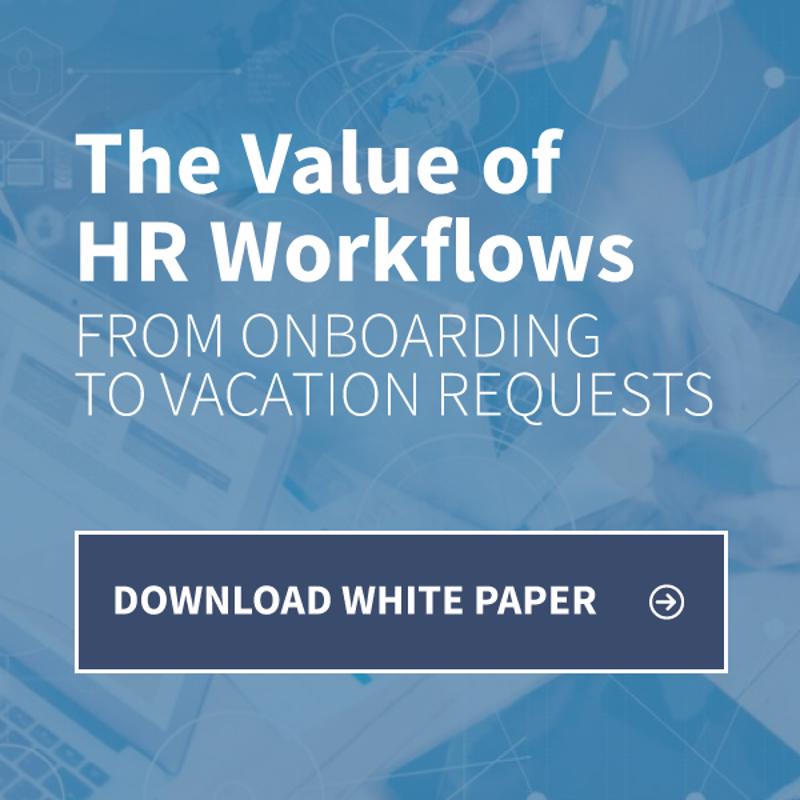
Best practices for HR document management
For many companies, the method of managing files and human resources processes is changing rapidly. New technology and regulations often require wholesale overhauls of these efforts, so it's wise for those within the sector to do as much as they can to brush up on industry-recommended best practices for document management on a regular basis.
Perhaps the most important issue for document management by HR professionals is to consider who has access to any given files, according to Polsinelli At Work. Setting up workflows through robotic process automation that can ferry data where it needs to go, on-demand, is vital to ensuring not only efficient operation within the HR department and among company executives, but also to boosting data security.
Other considerations
Meanwhile, companies also need to make sure they have adequate plans in place for how documents are stored, the report said. For instance, most companies would do well to digitize any physical files that come across the HR department's desk as they come in, then store those files both on- and off-site – via the cloud – to ensure they are protected redundantly.
This effort, too, will help to ensure ongoing data security as a point of priority for companies as they keep up with industry standards for HR document management on a continual basis.
Setting the standard
It's also a good idea for HR pros to make sure they put their companies' plans for document management in writing so there's a continuity of practice from one employee to the next and no gray areas that leave management decisions open to interpretation, according to D4 Discovery. These should start with government regulations and requirements as a minimum base line, but go above and beyond those standards to further ensure both business and employee data is protected.
When there are specific policies in place, everyone involved will be far more likely to understand their roles and the expectations surrounding them as it relates to effectively managing documents. However, that will likely also require both initial and ongoing training. When HR professionals work with other employees and executives to craft clear policies, all involved are far more likely to maintain strong security postures while improving internal performance.

